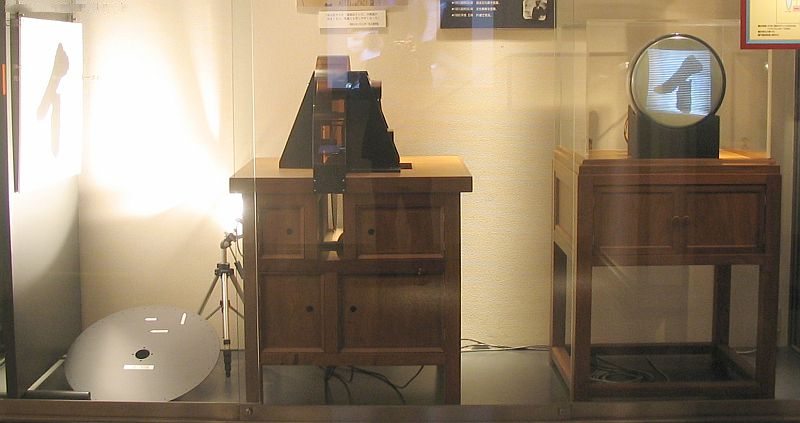Professor Kenjiro Takayanagi started his research program in television at Hamamatsu Technical College (now Shizuoka University) in 1924. He transmitted an image of the Japanese character イ(i) on a cathode-ray tube on 25 December 1926 and broadcast video over an electronic television system in 1935. His work, patents, articles, and teaching helped lay the foundation for the rise of Japanese television and related industries to global leadership.
The milestone plaque may be viewed at the site of the research at Hamamatsu Technical College (now Shizuoka University). The plaque is beside a bronze statue of Prof. Kenjiro Takayanagi in front of the Research Institute of Electronics, Shizuoka University. Street address of the plaque location is: 3-5-1 Johoku, Naka-ku, Hamamatsu, 432-8011 Japan.
Television has fulfilled the dream of instantly viewing distant objects and events. Television systems have influenced many aspects of human society enormously, including communications, entertainment, education, the arts, sports, politics, economics, science, technology, and has greatly contributed to the process of globalization. Television is now indispensable to our daily life. Professor Kenjiro Takayanagi is one of the pioneers for the development of television. He achieved most of his work independently of activities in Europe and United States of America because at the time, global communications were poor.



